One-room tenements were typically located in urban districts; however, they were also located in rural districts, mostly situated close to the Atlantic seaboard (See Table 1.1).
The interactive DED map displays the distribution of one room-tenements per 100 houses inhabited across the Island of Ireland (See Map 1.1). The darker colour in the map represents higher concentrations of one-room tenements.
Dublin City was the district with the highest number of one-room tenements. There were 60 tenements per 100 houses inhabited there and 23% of the population of Dublin City lived in such dwellings. There were 21,133 one-room tenements in Dublin City, and five of them had 12 or more people living in one room (See Table 1.2 and Map 1.2).
There were 13 one-room tenements per 100 houses inhabited in Cork urban district and 4.8% of the population lived in such dwellings. There were 1,511 tenements in total located there (See Table 1.3 and Map 1.3).
There were 17 one-room tenements per 100 houses inhabited in Limerick City and 8% of the population lived in such dwellings. There were 1,005 tenements and one of them had 12 people or more living there (See Table 1.4 and Map 1.4).
There were 8 one-room tenements per 100 houses inhabited in Galway urban district and 4.6% of the population lived in such dwellings. There was a total of 186 one-room tenements (See Table 1.5 and Map 1.5).
There were 8 one-room tenements per 100 houses inhabited in Waterford City and 3% of the population lived in such dwellings, with a total of 353 one-room tenements there (See Table 1.6 and Map 1.6).
There was 1 one-room tenement per 100 houses inhabited in Belfast City and less than 1% of the population lived in such dwellings. There was a total of 448 one-room tenements there (See Table 1.7 and Map 1.7).
Belmullet Rural District in Mayo had approximately 14 one-room tenements per 100 houses inhabited and a total of 359 one-room tenements. Four of the tenements had at least 12 people living in one room (See Table 1.8 and Map 1.8).
The Lavelle household were recorded as living in Belmullet DED, Co. Mayo, and the household of 12 comprised of married couple, Patrick and Alice Lavelle, and their 10 children, Ellen, Patrick, Mary, John, Owen, William, Alice, Michael, James, and Thomas. While no child under seven could read, anyone above seven could read and write. They all spoke Irish only. The eldest son was a farmer, and all other children were scholars. The Lavelle house contained just one room, and the roof of the house was of ‘thatch, wood or other perishable material’, the walls were of ‘stone, brick or concrete’, and there were no windows at the front of the house.
The original Census Form A for the Lavelle household can be found on the National Archives website (See Figure 1.2).The Form B1 House and Building Return contains a description of the Lavelle's property (house 23) and can be found on National Archives (See Figure 1.3).
In contrast to the rural life lived by the Lavelles, the Hanlon household lived in the Rotunda DED in Dublin City. The Hanlon household consisted of 11 people, a married couple, Francess (sic) and James, and nine children, John, Mary, Marget (sic), Bridget, Annie, James, Ellen, Thomas, and Sophia. Francess (sic) and James worked as a 'Fish Vendor' and a 'Butcher’s Porter' respectively, and all children over 12 years (post-primary school) either worked as a 'Van Driver' or 'Factory Hand’ and had 'Duties at Home'. All children 12 years and under were scholars and could not read or write. All members of the Hanlon household spoke English only. They had just one room in the house, the roof was of 'Slate, Iron or Tiles', and the walls were of 'Stone, Brick or Concrete'.
The original Census Form A for the Hanlon household can be found on the National Archives website (See Figure 1.4). The Form B1 House and Building Return contains a description of the Hanlon’s property (house 7) and can be found on the National Archives website (See Figure 1.6).
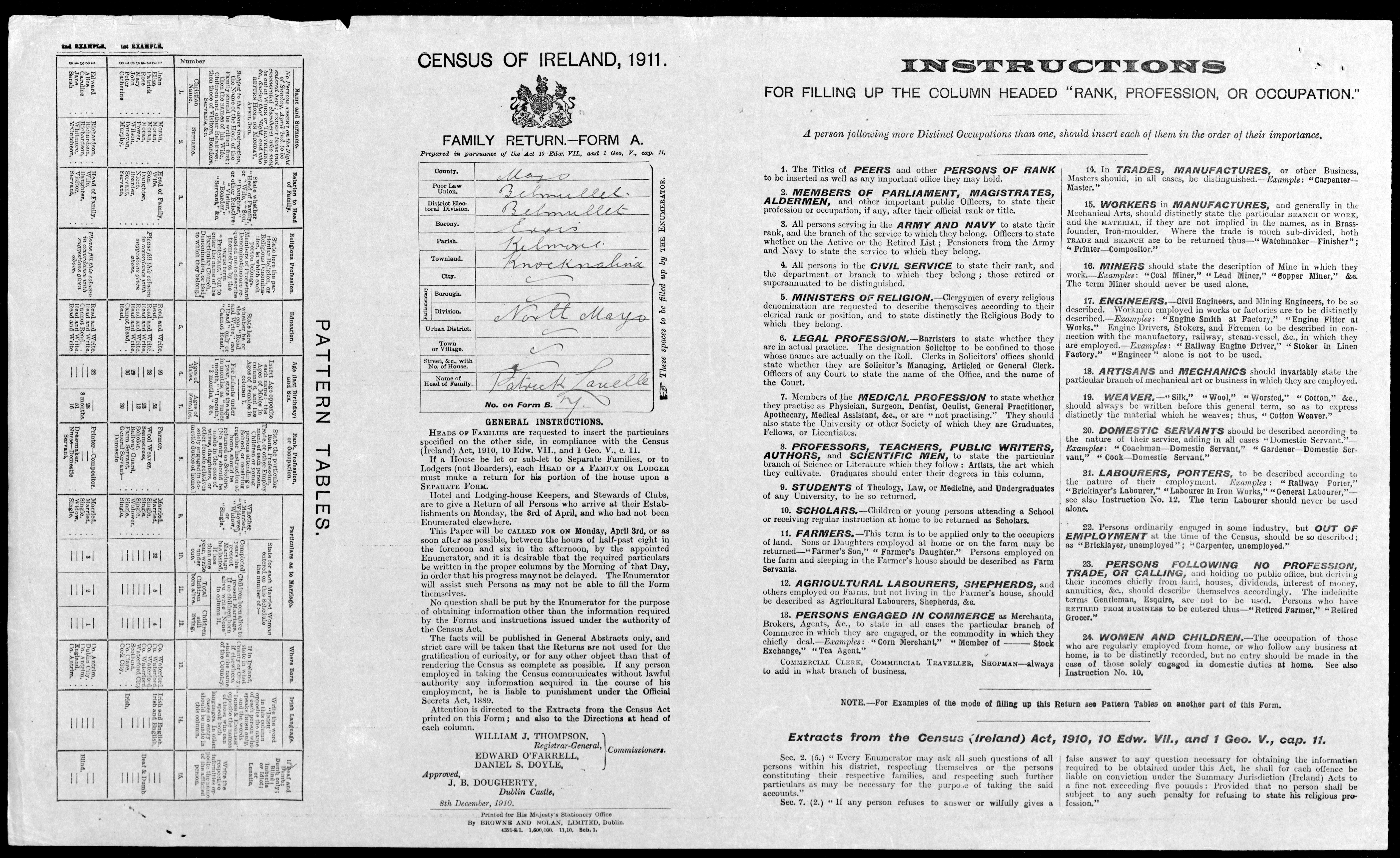
Figure 1.1 Cover page Form A from Census of Ireland, 1911 for the Lavelle family living in Belmullet DED, Belmullet rural District, Co. Mayo. Acknowledgement: Reproduced by kind permission of the Director of the National Archives.
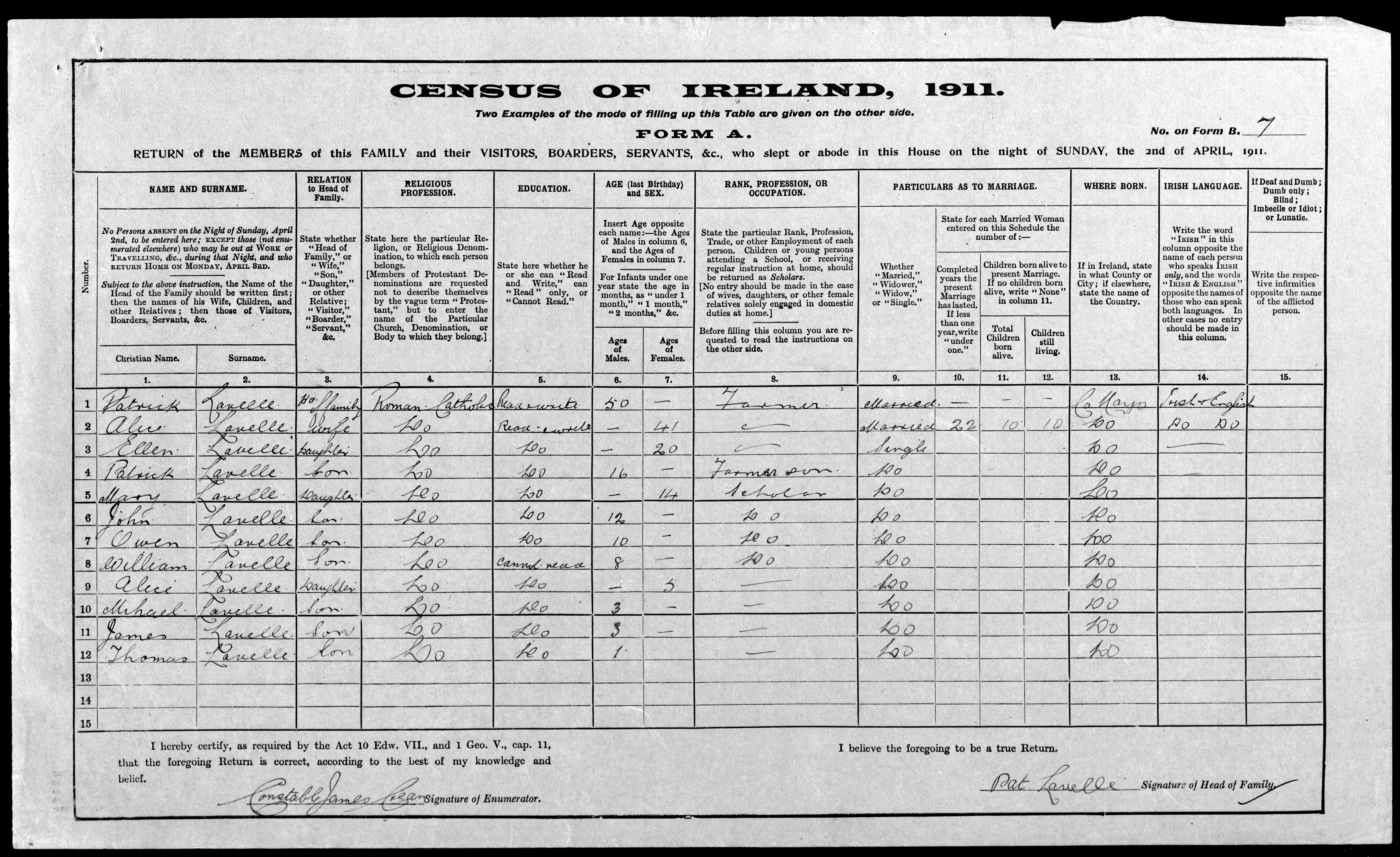
Figure 1.2 Form A from Census of Ireland, 1911 for family living in Belmullet DED, Belmullet Rural district, Co. Mayo. Acknowledgement: Reproduced by kind permission of the Director of the National Archives.
Download this image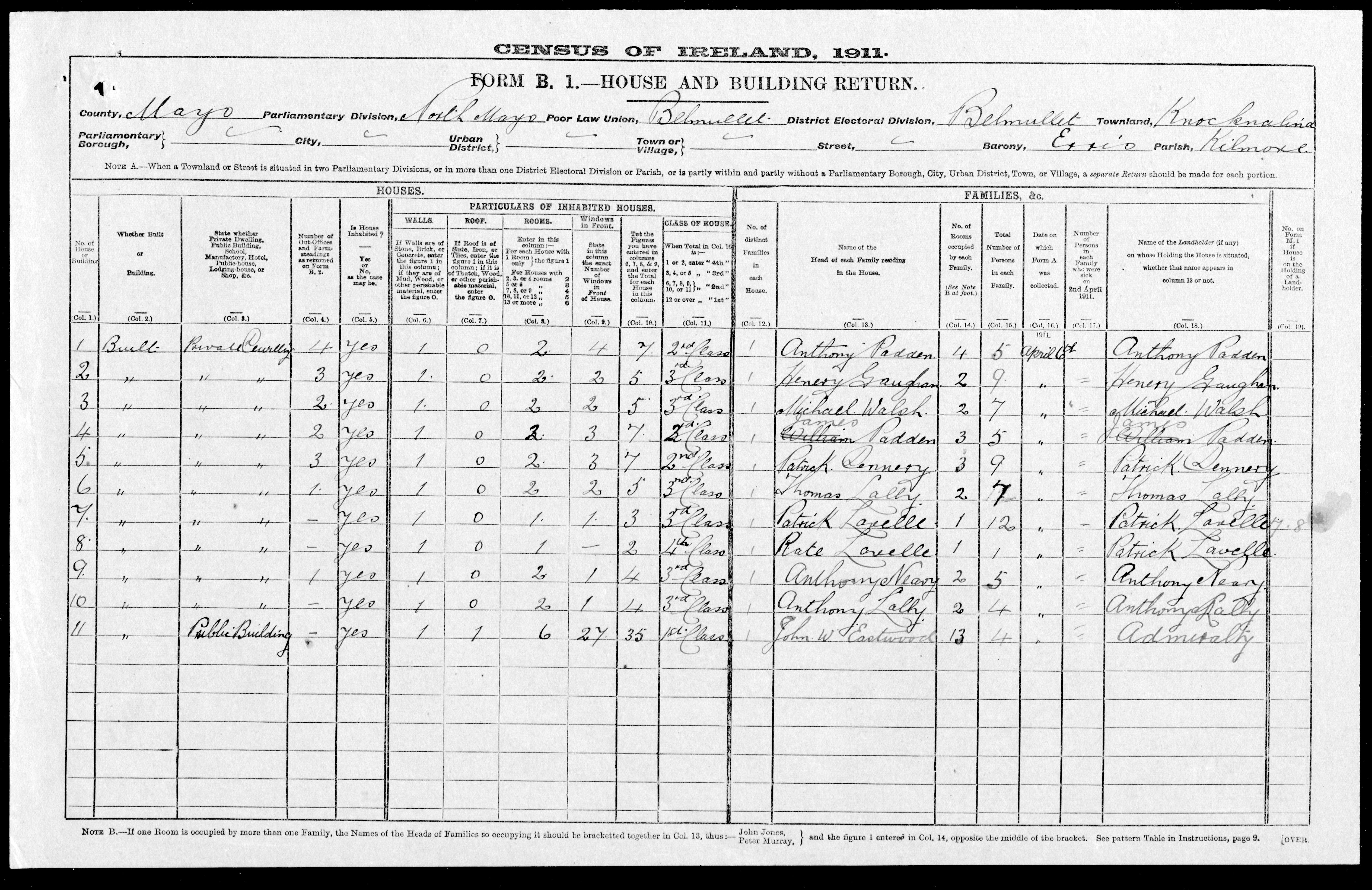
Figure 1.3 Form B1 from Census of Ireland, 1911 for family living in Belmullet DED, Belmullet Rural district, Co. Mayo. Acknowledgement: Reproduced by kind permission of the Director of the National Archives.
Download this image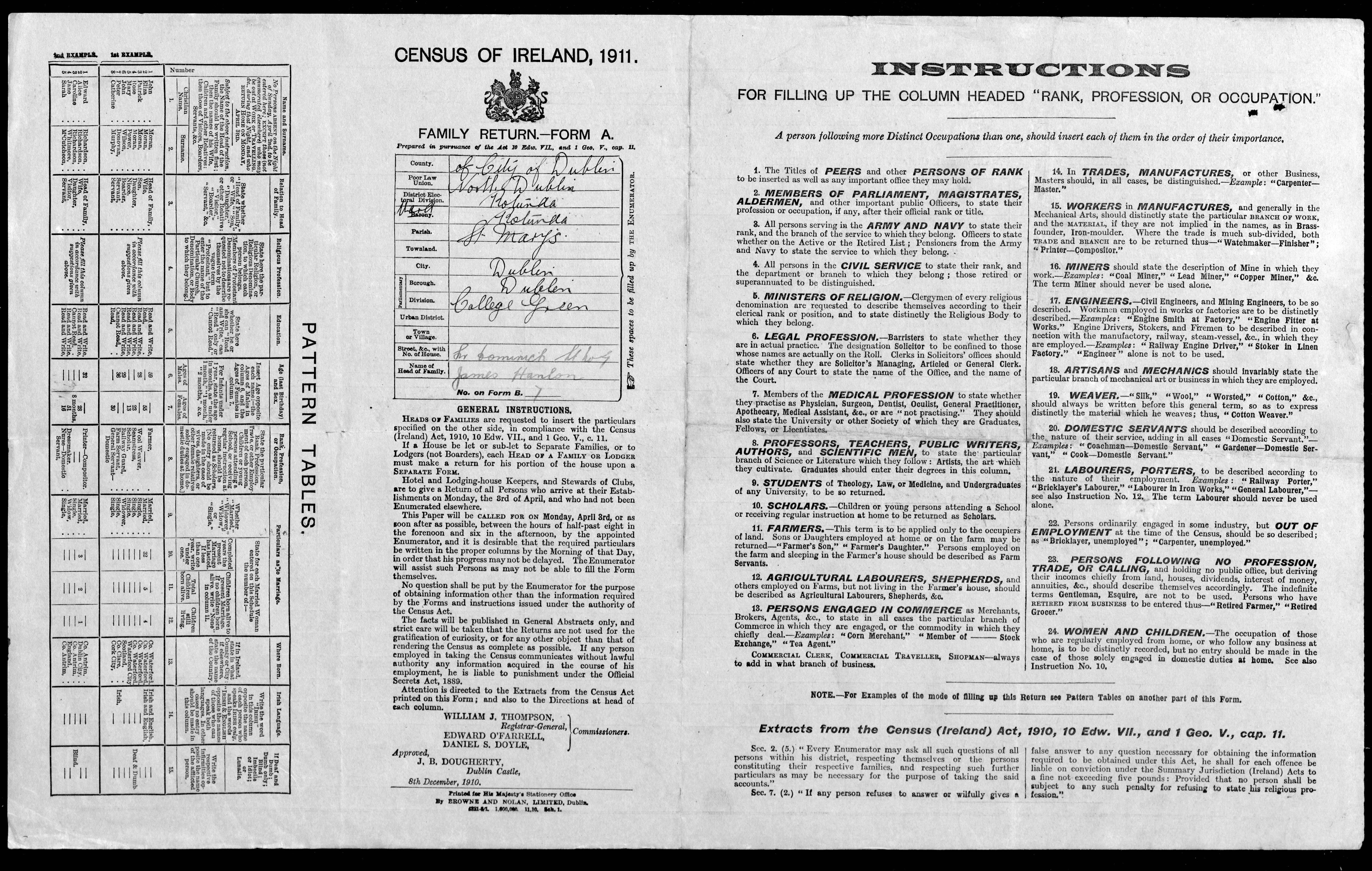
Figure 1.4 Cover page Form A from Census of Ireland, 1911 for a family living in Rotunda Ward, Dublin Urban District, County Dublin. Acknowledgement: Reproduced by kind permission of the Director of the National Archives.
Download this image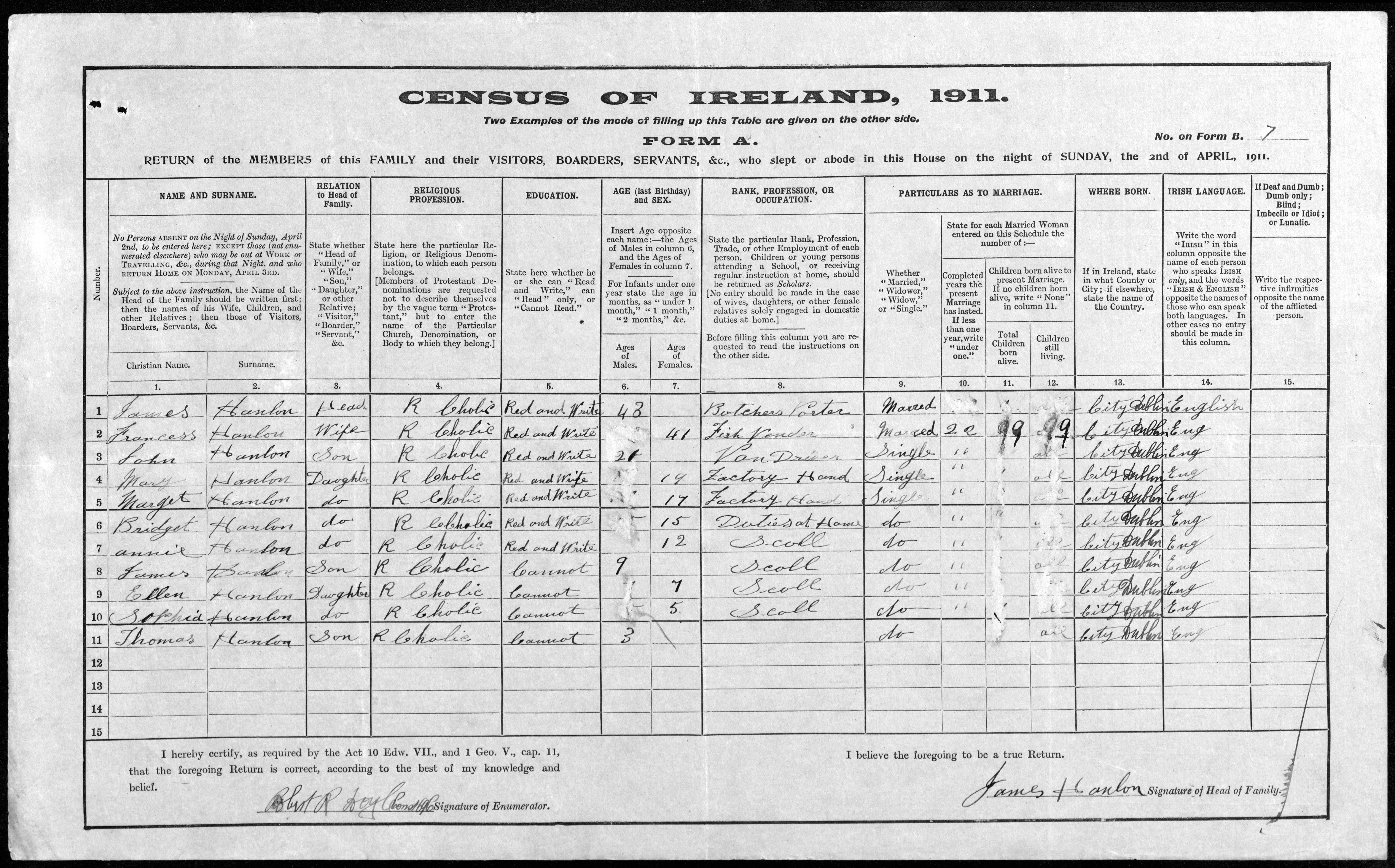
Figure 1.5 Form A from Census of Ireland, 1911 for family living in Rotunda Ward, County Dublin. Acknowledgement: Reproduced by kind permission of the Director of the National Archives.
Download this image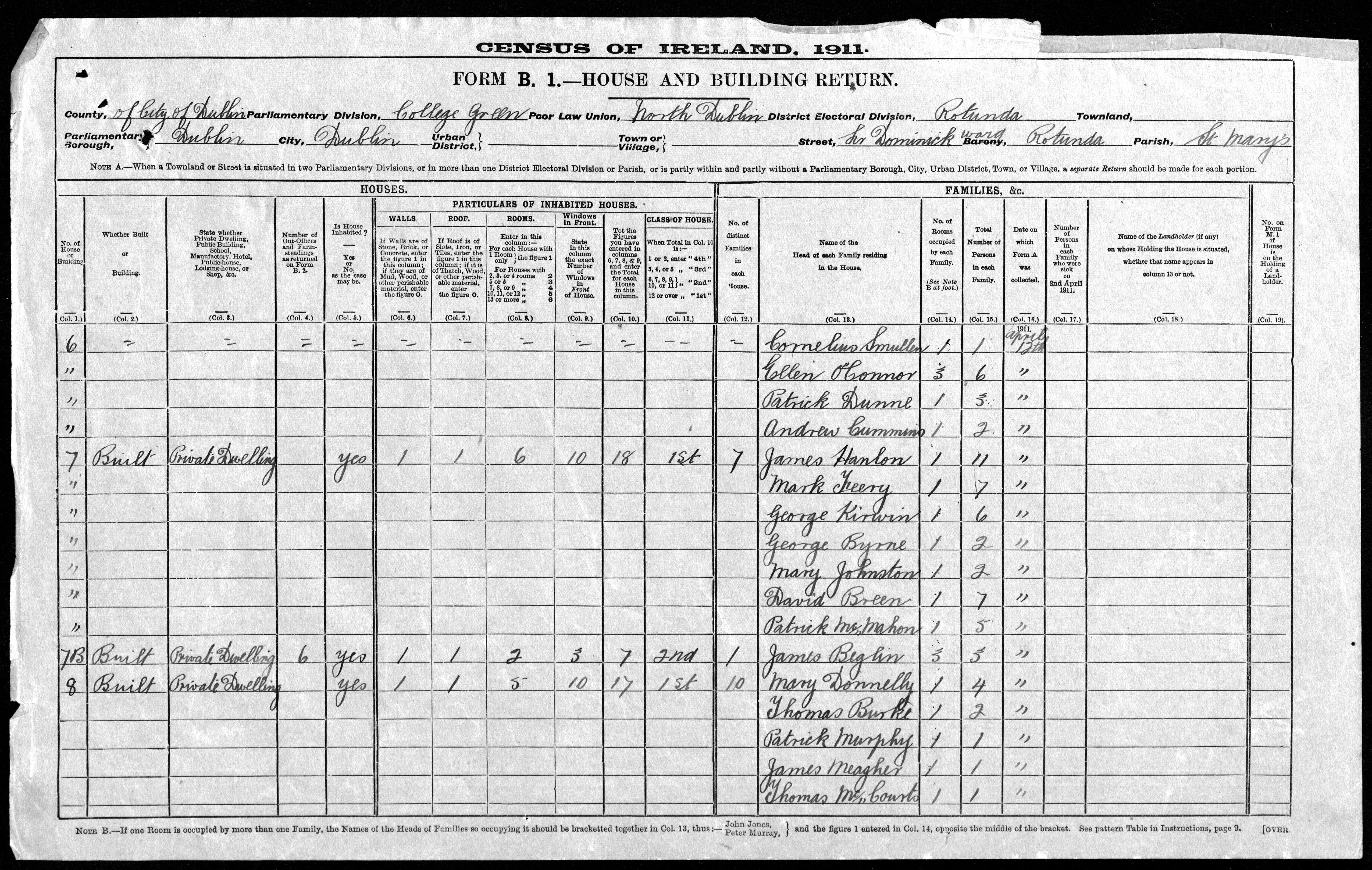
Figure 1.6 Form B1 from Census of Ireland, 1911 for Rotunda Ward in Dublin Urban District, County Dublin. Acknowledgement: Reproduced by kind permission of the Director of the National Archives.
Download this imageLearn about our data and confidentiality safeguards, and the steps we take to produce statistics that can be trusted by all.